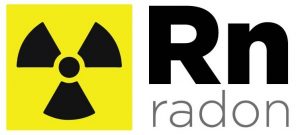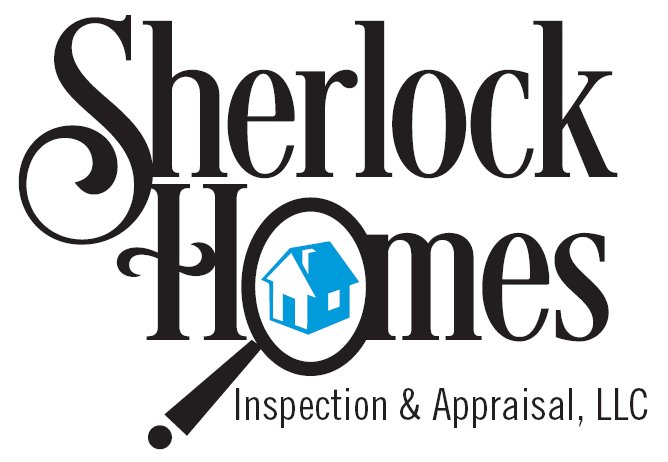
First we must understand how Radon enters our homes. Radon Gases enter the home because of a pressure differential between the home and the surrounding soil. If the surrounding soil pressure is higher than the internal pressure of the home, the house literally is sucking the Radon Gas in. The Radon Gas enters the home through small cracks and fissures in the concrete slab, the dirt floor in a crawl space, plumbing pipe penetrations through the slab, sump pumps, windows in window wells … It then tends to collect on the lowest level of the home, but it can and will spread through the entire home with the right conditions present.
There are several different methods of mitigation (mitigation refers to the removal of an environmental health hazard from the structure) and several sub categories of each. We will discuss the 4 most common for simplicity.
1) Active Suction – Generally installed in homes with a concrete slab basement as radon builds up underneath the slab. Eventually it will seep into the home through small cracks in the slab or abutment of the slab and foundation walls, plumbing entries, dirt floors in crawl spaces, sump pumps, and even the windows in window wells… This system involves an electrical can fan, monitoring system, and a vent pipe that is installed between slab and the gravel bed beneath it. The vent pipe extends up above the roof on the outside of the home.
When the fan activates is pulls the radon gas from underneath the slab and vents it out of the pipe on the roof. This is a very common system in Colorado.
2) Passive Suction – Passive suction systems are generally installed in a home when it is being built. Passive systems are similar to Active Suction systems, without the fan. The same principle is used for the vent pipe and the radon is pulled up through the pipe and out the roof by the natural pressure differential. These systems are generally only effective on low levels of radon. I currently have a passive system in my home and it was not adequate, my home tested well above the EPA action level of 4.0 pCi/L (Picocuries per Liter) and we are currently waiting for the contractor to put in an Active Suction system.
3) Pressure System – This is an ongoing effort of the home owner to keep the pressure differential higher in the house then the surrounding soil by keeping doors and windows closed in the lower sections of the home as much as possible. Pressure in increased in the home by having air forced into the home by various methods. The higher pressure in the home will prevent the radon from coming up through the foundation.
4) Sub-membrane – Another type of suction system especially useful in homes with a crawlspace, best installed in crawlspaces with dirt floors. The floor is covered with a heavy vapor barrier (plastic sheet) then a channel is created beneath the vapor barrier. A fan and ventilation pipe are installed to pull the dangerous gas out of this channel and port it out the roof just like an active suction system.
In our next post we will discuss the 3 mitigation companies I recommend, and my personal experience with them while taking estimates for the system being installed in my home.
